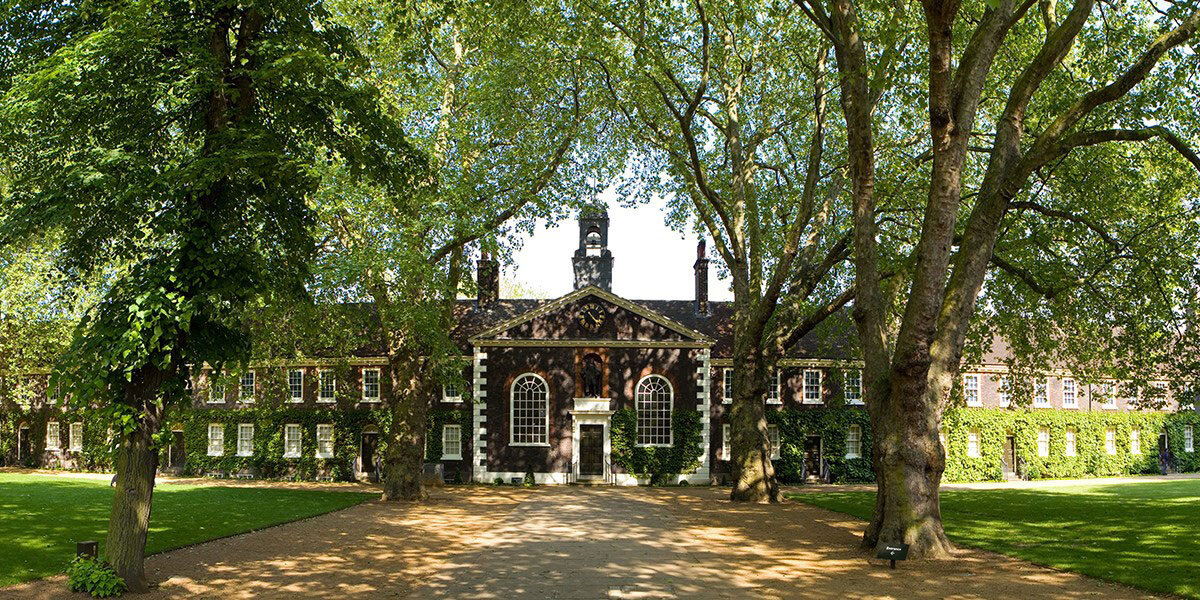Waiting for myself to appear
Waiting for myself to appear is an intimate and immersive one-woman site specific (responsive) piece performed by Esther Niles, who played multiple characters that interacted with audiences limited to 8 people in the 19th century period display rooms of the Geffrye Museum (now the Museum of the Home). She is Alisha Gumbs, a young ambitious Black female attendant at the Geffrye Museum, who growing up in Hackney, has experienced gentrification in the area. As a museum tour guide, she becomes Sir Robert Geffrye, the 17th century merchant, whose wealth came from ‘sugar, spice and slaves’ - investments in the East India Company and the Royal African Company, the bulk of which was left to the Ironmongers Company to build the almshouse that forms the Geffrye Museum’s buildings today.
Museum of the Home (Geffrye Museum)
In the museum’s archives, Alisha discovers the diary of Ernest Baker, a son of Rev. Henry Baker, Chaplain at the almshouse, who wrote that his mother, Grace Sweeney Belmore, was born in Spanish Town, Jamaica, and escorted as an orphan to Britain by a ‘black nurse’ during the 19th century. Many Black women were forced to become wet nurses for White babies during slavery and colonialism, and Alisha invites the audience to join her in re-imagining the ‘black nurse’ as somebody with a life.
In another room, the audience meet the ‘black nurse’ Mary-Ann Belmore dressed in a black male suit. It is 1911, and Mary-Ann is a Black almshouse resident, who lives with the trauma of being a wet nurse and leaving her son behind in Jamaica to come to England, by speaking to her collection of Black people in framed 19th century portraits. This includes Peter Jackson, the world boxing champion from St Croix, in the Caribbean. She dreams of having Peter’s masculine power, and buys from the newly opened Selfridges store in Oxford Street, a man’s suit, a box camera, a gramophone, and a collection of early jazz vinyl records, such as Bessie Smith, which she plays and dances to. Mary-Ann departs for a night out in Hoxton and Shoreditch’s famous music halls.
Mary-Ann reminds Alisha of her grandmother, who as a NHS nurse of the Windrush generation was treated like an illegal immigrant. Her grandmother also took her to museums, where she was always waiting for herself to appear. Alisha doesn’t want to wait any more.
Waiting for myself to appear was written and directed by McMillan, and commissioned by the Geffrye Museum (later renamed the Museum of the Home). Archive images came from Autograph ABP’s Black Chronicles II exhibition and Hulton Archive Getty Images. Costumes and jazz dance choreography was provided Dr. Christine Checinska, and an audio-visual installation created by Dubmorphology (Gary Stewart and Trevor Mathison).
Esther Niles discusses her experience of performing in Waiting for myself to appear with Shades of Noir.
Waiting for myself to appear - Film
Esther Niles in Waiting for myself to appear. Photo courtesy of Gary Stewart 2019.


